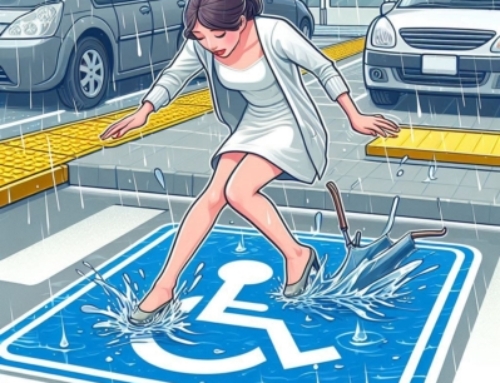Kappel v Central Coco Sanitary District
- Court: California State, Contra Costa County, Superior Court
- Case number: MSC19-01012
- Filed: May 28, 2019
- Judges: Cecilia Castellanos | Edward G Weil | Jill C Fannin | John P Devine
- Case type: 14: Unlimited Eminent Domain/Inv Cond
Parties Involved
- Plaintiffs: Jane Kappel | Bryan Kappel
- Counsel for Plaintiffs: Daniel J. Veroff | Charles D. Cummings
- Expert Witnesses for Plaintiffs: Dr. Vera Byers, M.D. | Vincent J. D’Alo | Bonneau Dickson | David Harding | Thomas Koester | Kevin Searls | Paula H. Vance | Megan Tunnel O’Rourke | Christine Davis, CPA/CFF, CVA, CGMA | Bill Weber
- Defendant: Central Contra Costa Sanitary District | DOES 1 through 20
- Counsel for Defendants: Brenda Aguilar-Guerrero
- Expert Witnesses for Defendant: Mark Hunter | Edward J. Yun M.D | Peter Murphy
Verdict Information
- Verdict date: April 25, 2024
- Total damages awarded to Plaintiff: $0.00
About the Case
Cause
Injury
As a direct result of Defendants’ negligence, recklessness, and wrongful conduct, Plaintiffs suffered property damage and injuries exceeding the Court’s jurisdictional minimum but planned to amend the Complaint once damages were fully ascertained. Plaintiffs incurred costs for repairing, decontaminating, and replacing damaged property, and for expert investigations and alternative living expenses. They also experienced loss of use and enjoyment, property value diminution, and other damages to be proven at trial. Furthermore, the dangerous condition caused Plaintiffs physical and nervous injuries, resulting in ongoing mental and physical pain and suffering. Plaintiffs sought damages for property repair, decontamination, and compensation for the resulting annoyance and mental suffering, as proven at trial.
Damages
Under the present nuisance, dangerous condition and inverse condemnation claim, the Plaintiffs prayed for judgment against the Defendants and sought compensatory damages according to proof. They requested pre-judgment interest according to proof. They further claimed reasonable attorneys’ fees and costs of suit and any additional relief the Court deemed appropriate.
Jury Verdict
On April 24, 2024, a California jury found the Defendants to be free from any guilt. The Plaintiffs received no compensation under the inverse condemnation claim. The verdict was divided into two. One jury verdict decided whether the public property, that is, the sewage lines were in a dangerous condition at the time of the disputed incident. The jury’s opinion was that it was not in a dangerous condition. The second jury verdict decided whether the the Defendant’s actions or failure to act had created a situation harmful to health. The jury held that the Defendant had not played a part in the disputed incident.







Leave A Comment